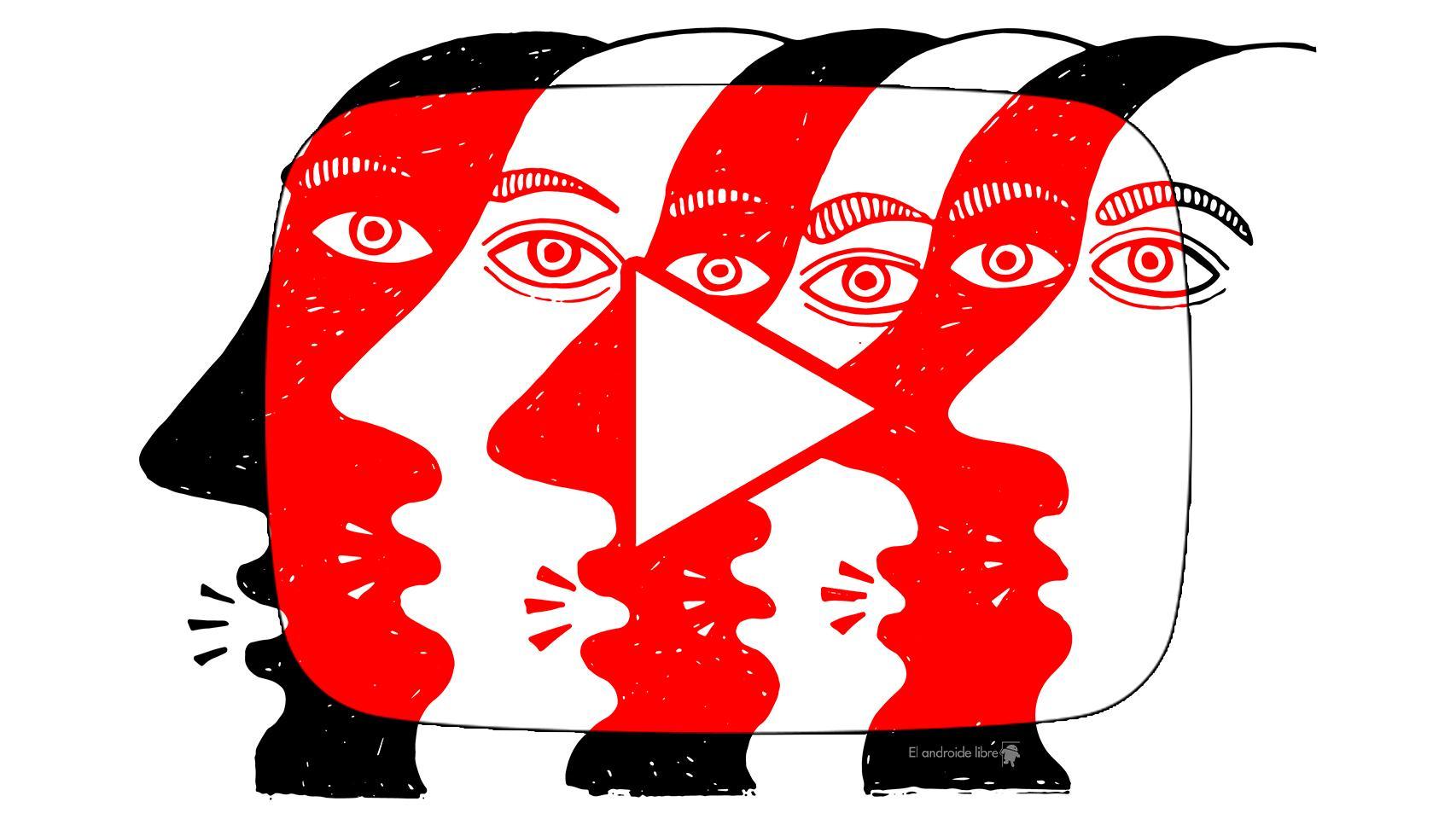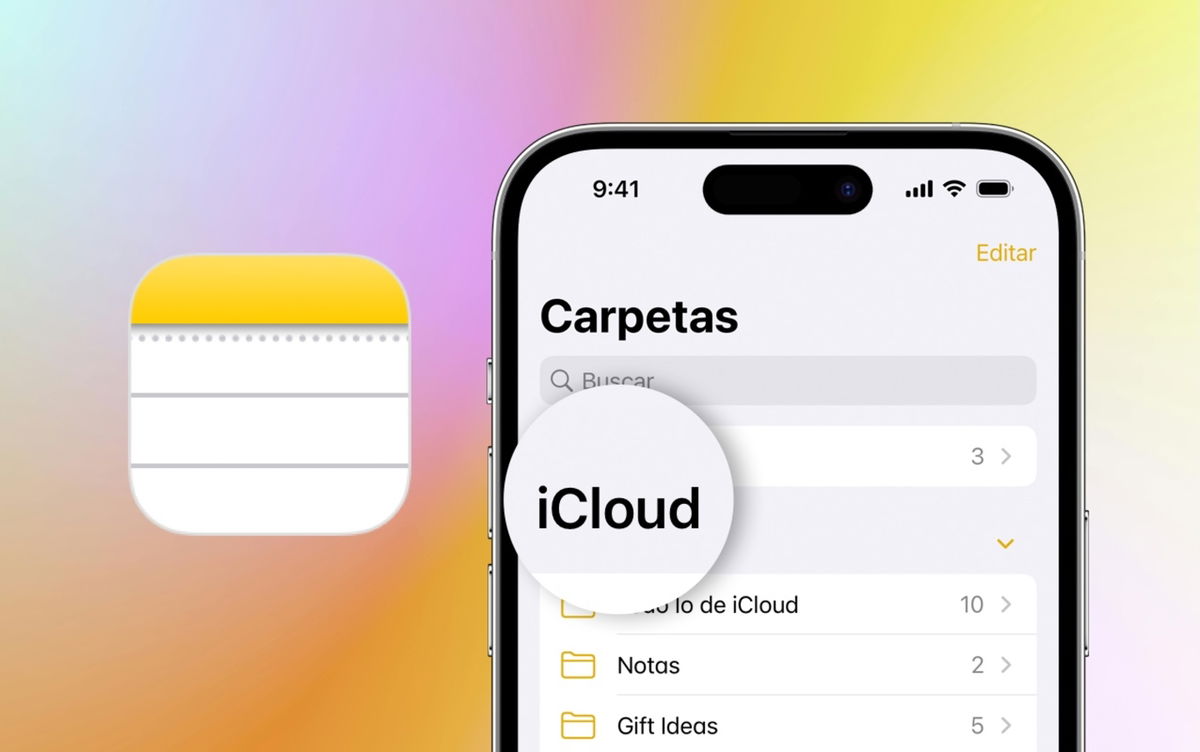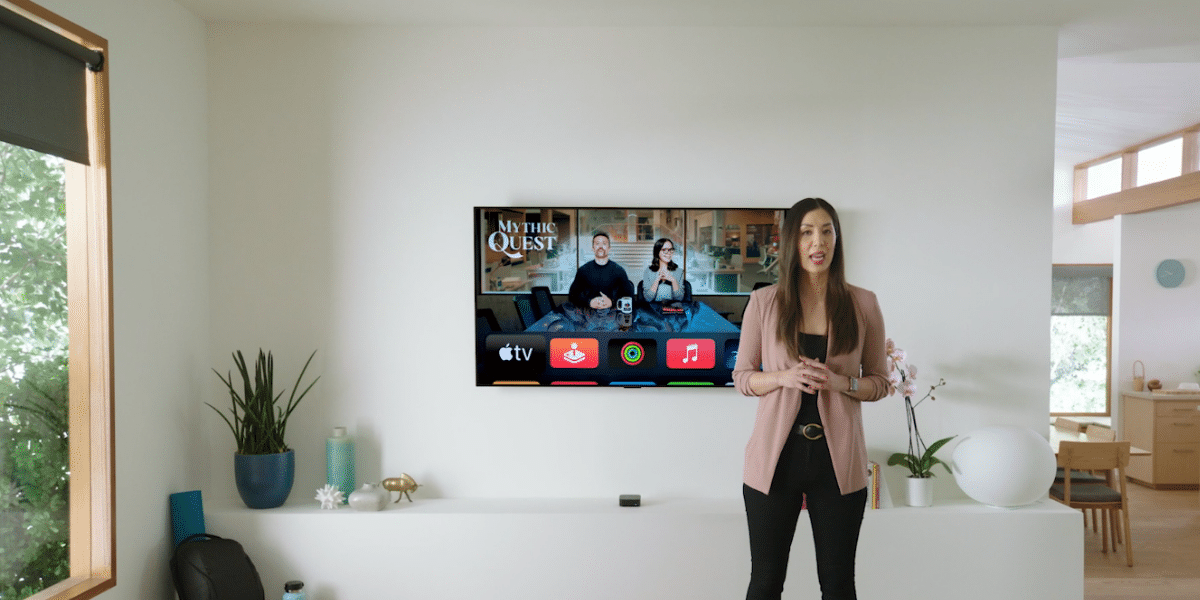Imagine investing the equivalent of the budget of a Hollywood blockbuster in a project that I never saw the light. This is exactly what Apple did in the 90s with Mac OS Copland, an operating system that promised to revolutionize the world of computing and which ended up being forgotten because it was too ambitious.
The Apple of the 90s is not like the Apple of today. Let’s keep in mind that there was fired Steve Jobs and would not return until 1997. At that point, Windows monopolized the entire market and Apple had to get on the table. Their plan was called Mac OS Copland.
The dream of defeating Windows 95
The year was 1994 and the tension was palpable in the halls of Apple. Microsoft was about to release Windows 95
This is how Mac OS Copland was born, named in honor of composer Aaron Copland. Apple promised true multitasking, customizable themes, live search and even the ability for different users to log in on the same computer. In 1995, it was pure science fiction.


To make this dream come true, Apple has spared no resources. He put 500 engineers to work on the project, with a annual budget of $250 million. On November 17, 1995, Apple released the first beta version of Copland to around 50 developers, a memorable moment for those who were part of the story.


Some of the features of Mac OS Copland
- Interfaz Platinum– A brand new design with 3D elements that contrast with previous versions which were mainly black and white.
- Preventative multitasking– Unlike Mac OS 7.5, which used cooperative multitasking, Copland would allow multiple applications to run simultaneously without a crash affecting the system.
- Finder improvements: The Finder interface would be simplified, allowing you to copy and paste multiple files at the same time.
- Customizable themes: Copland was going to offer several themes, allowing users to customize the appearance of the operating system.
- Multi-user support– Users could log in with personal accounts, something Windows would not implement until years later.


When the dream turns into a nightmare
What followed was a festival of delays, broken promises and a case of “kid in a candy store syndrome”. Apple continued to add features, the budget continued to increase, and the release date grew further and further on the horizon.
By 1996, Copland had grown so much that it was unable to improve existing features and already had new ones to add. That year, the company announced losses of $740 million (yes, you read that right) and CEO Gil Amelio had to come out and say that Copland would be launched “in part”. Spoiler: that didn’t even happen.
Ultimately, Copland went down in history as the operating system that never was. In 1997, Steve Jobs came along and introduced the operating system we all know. Some of the features of Mac OS Copland that we enjoy today today: Spotlight, dark mode, multitasking… but they took years to arrive and customers and technology were ready for them. The most curious thing is that there was even merchandising t-shirts which can now be found on eBay on very rare occasions.


This case reminds us of the Knowledge Navigator, a product also from Apple without Jobs that sucked so much that it never went on sale. And if anything represents the new Apple led by Steve Jobs and also under the hand of Jonathan Ive, it is the phrase “less but better”. Teaching us that excessive ambition can lead to a bad outcome.
In Applesfera | Apple macOS: All versions so far, how to know which one you’re using, and how to update the operating system
In Applesfera | Many forget this function of Macs. She has already saved me from disaster several times.









